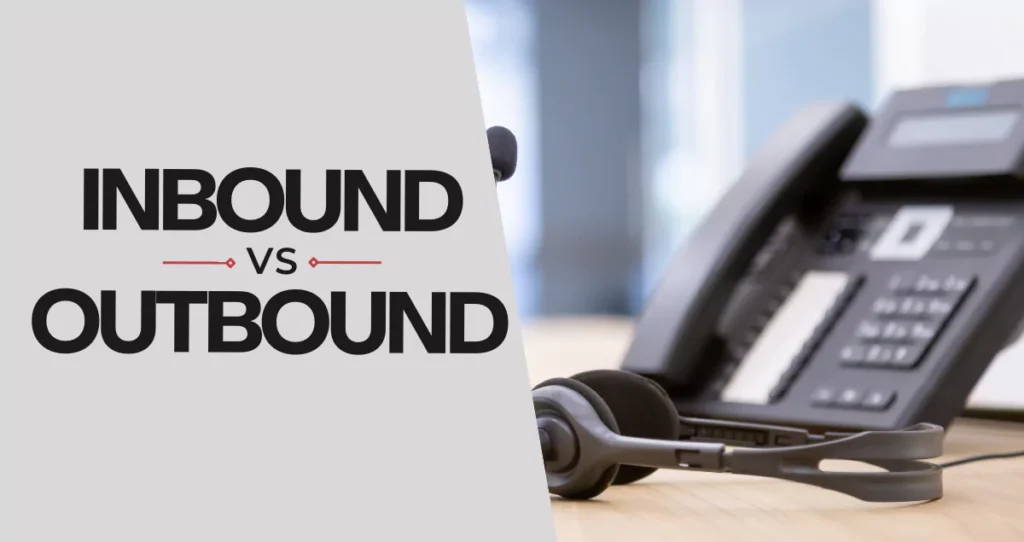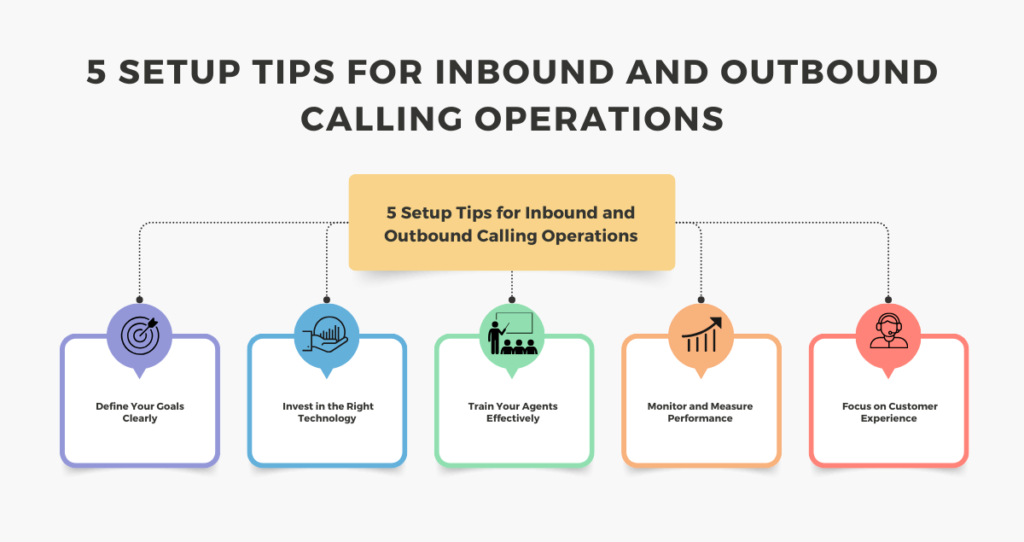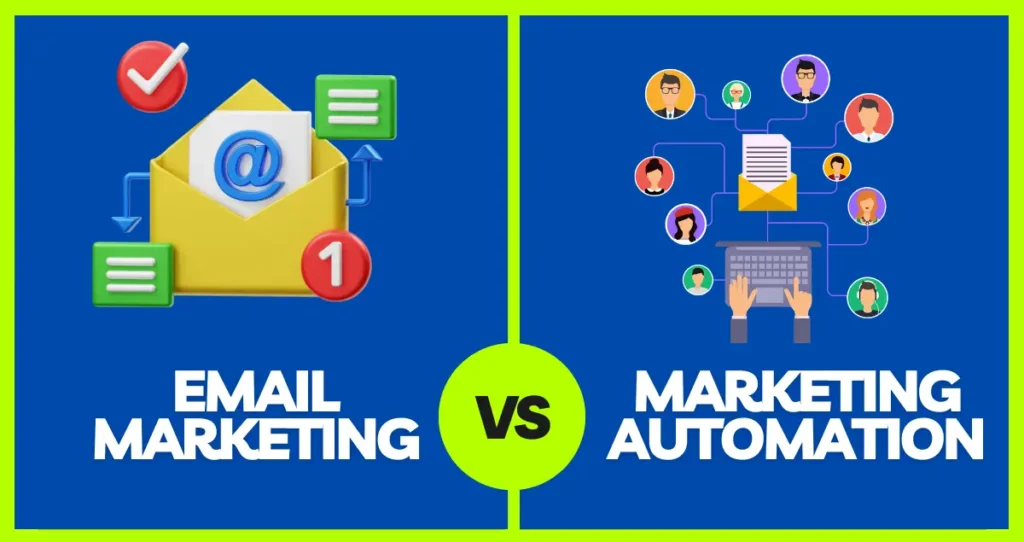Any business seeking to be successful requires effective communication. There are obvious comparisons between inbound & outbound calling (5 setup tips) that will allow companies to choose the right strategy. Each of these functions has its own point of purpose, and it is possible to take advantage of each difference as either a productivity or customer satisfaction tactic.
What is Inbound Calling?

Reach out to your business inbound calling refers to customers. Most of the time, these calls consist of inquiries, support requests and complaints. Inbound calling is something businesses commonly use to provide superior customer service.
Inbound calls, which focus on resolving issues as quickly and efficiently as possible, are handled at call centres. For example, a customer may ring to return a product or request service help.
For inbound calling systems, specific technologies are needed, such as IVRs (interactive voice response) and CRM (customer relationship management) tools to track a customer. Inbound calling is a great way to enhance retention and customer loyalty. Customer relationship building is one strategy in businesses that consumes multiple resources essential for building a strong relationship with customers.
What is Outbound Calling?

In outbound calling, businesses reach out to potential or existing customers. Most of these calls relate to sales, follow-ups, or market research.
Telemarketing calling potential buyers selling new products or services is an example of outbound calling. Outbound calling teams want to build leads, close deals, and increase customer engagement.
Robust tools such as predictive dialers, customer databases and automated calling systems are necessary for outbound calling. Personalization and timing come into play heavily when considering outbound campaigns.
Outbound calling done effectively can create important leads, enhance sales conversions and develop a business’s distribution.
Key Differences Between Inbound and Outbound Calling

Inbound and outbound calling are similar, but their objectives differ significantly. Calls inbound prioritize customer service, and outbound calls focus on lead generation or sales.
Resolution times, customer satisfaction and response rates are frequent metrics for inbound calls. Contrary to this, outbound calls track conversion rates, call volume, and follow-up success rates.
Calling that is inbound is based on CRM software and customer support tools. In contrast, an outbound team must use predictive dialers and marketing analytics.
Each of these requires a specific set of skills and technology to have been developed. Businesses need to evaluate their objectives before investing in either inbound or outbound calling strategies.
Challenges in Managing Inbound and Outbound Calling Teams
However, managing calling operations is not an easy task. High call volumes mean much longer wait times for inbound teams.
Rejection and low engagement rates are something outbound deals with. With so many people ignoring calls from unknown numbers, outreach efforts become harder.
Both teams need training to be able to manage these hurdles. The call centre managers monitor performance metrics to ensure high-quality communication is maintained and feedback is given.
Spend money on practical tools like automatic dialers and knowledge-powered investigation tools to dispose of disquiets. However, these challenges can be overcome by businesses with proper management to improve their calling operations.
Tips for Setting Up Effective Calling Operations

The following five setup tips will help optimize both inbound and outbound calling processes:
Tip 1: Invest in the Right Technology

Check the software that meets your business requirements. So, for inbound calling, invest in IVR systems and CRM platforms.
Predictive dialers and analytics tools can help outbound teams become more efficient with calls. Technology today also automates work and minimizes inevitable human mistakes.
Tip 2: Train Your Team Effectively

Your staff must know how communication should play out and industry standards. Regular training makes you perform better, and that pleases your customers.
Teach them good sales tactics and objection handling for outbound calls. Inbound teams need to focus on resolving customer’s concerns empathetically.
Tip 3: Use Data to Refine Your Strategy

Call performance data needs to be analyzed to identify the areas of improvement. Operational gaps emerge through metrics such as call duration and net conversion rates.
Adjust your approach, and let your strategy complement the customer needs and business goals.
Tip 4: Focus on Personalization and Customer Engagement

Personalized communication builds trust and helps customer relationships. Talk with customers in their name and solve their problems.
Instead, buyers should research prospects so conversations are relevant for outbound callers. For inbound teams, this means empathy with callers, which leads to better experiences.
Tip 5: Monitor and Optimize Your Processes Regularly

Regular evaluations allow you to track your team’s performance. Listen to on-call recordings to find out your strengths and weaknesses.
Introduce automation or change workflows to improve processes. We know continuous improvement is what keeps success sustained.
Inbound or Outbound: Which is Right for Your Business?
Your business objectives will determine the road you choose for inbound or outbound. An inbound call is ideal if your goal is to improve customer satisfaction.
For example, a SaaS company offering tech support is better off with a robust inbound calling system. Companies focusing on getting new customers should make outbound calls because they would not have a large customer base with higher retention.
Industries such as real estate or finance do well with outbound strategy because they rely heavily on lead generation. Select the right approach after evaluating your target audience and your market goals.
Many companies combine both strategies for the best result. For instance, existing customer needs can be handled through inbound calls, and outbound calls can be used for lead generation.
About Rozi Academy
At Rozi Academy, we cater to giving your business what it needs from skilled virtual assistants. Rozi Academy provides services from inbound and outbound calling to CRM services to streamline your operations.
They professionally train virtual assistants for customer queries and make sales through reliable outbound calls. Rozi Academy offers cost-saving solutions, and quick onboarding for high-quality results is guaranteed.
What we’re doing at Rozi Academy is partnering with businesses so they can concentrate on growing and letting us worry about the calling operations. Reach out to Rozi Academy today and discuss bespoke solutions for you.
Conclusion
Knowing the comparison between inbound and outbound calling (5 setup tips) is necessary to optimize business communication. Both approaches have unique benefits (and challenges), so you’ll need to choose wisely.
The five setup tips will add efficiency to your operations and, when followed, will rid you of unnecessary worries. Whether it’s customer support or lead gen, the right calling strategy is essential.
Reduce Your Inbound And Outbound Calling Operations Our Partner Rozi Academy Let us take out the burden of calling needs by letting our virtual assistants handle your calling needs.







